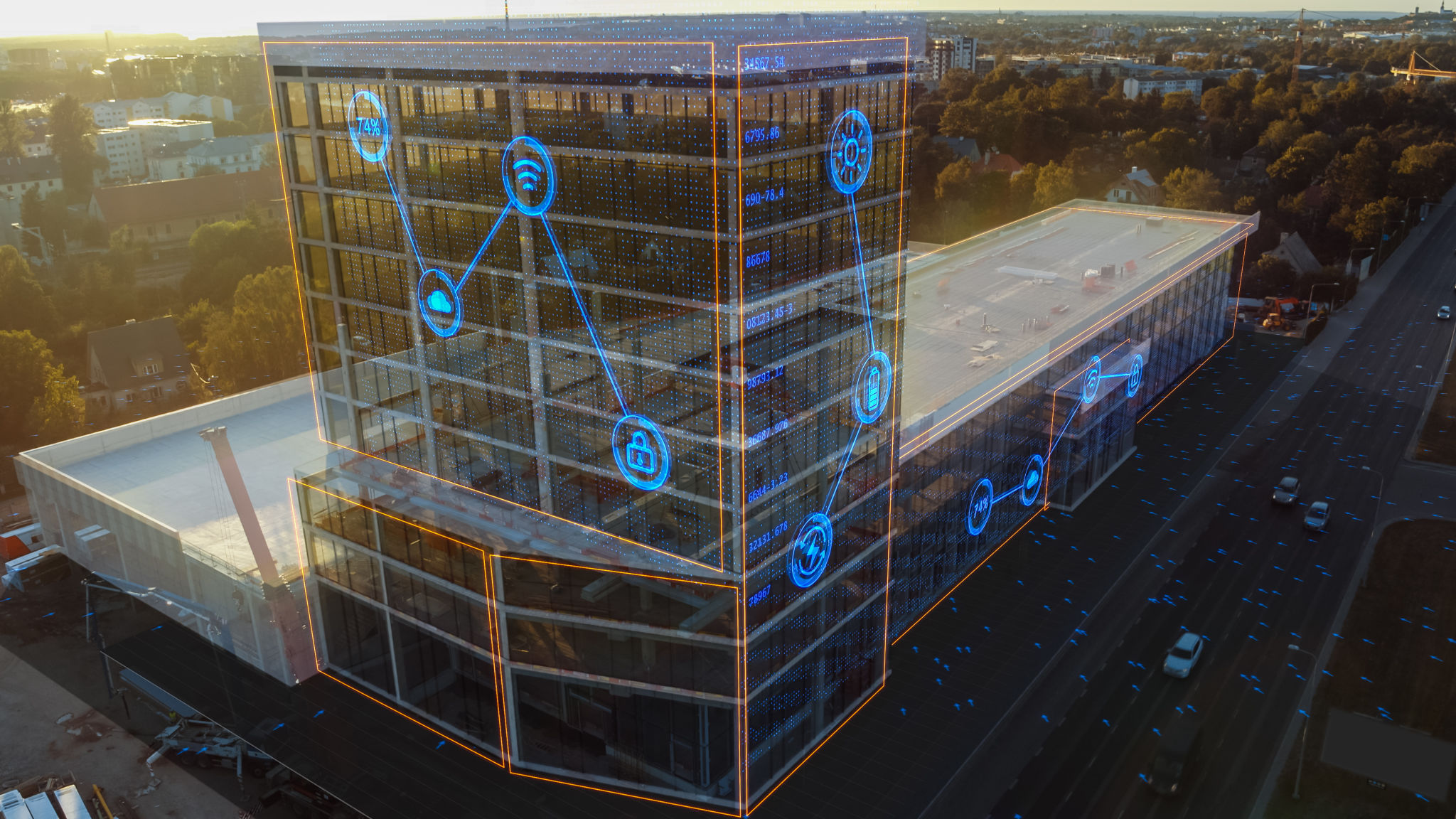Top Trends in Building and Construction: What's Shaping the Future of the Industry
Embracing Sustainability
The building and construction industry is increasingly focusing on sustainability. As environmental concerns grow, there's a shift towards eco-friendly materials and practices. This trend not only helps preserve natural resources but also appeals to environmentally conscious consumers. Techniques like green roofing, solar panel installations, and using recycled materials are becoming more popular.

Advanced Building Materials
Innovation in building materials is a key driver in shaping the future of construction. Materials such as self-healing concrete, 3D-printed components, and cross-laminated timber are gaining traction. These materials offer enhanced durability, efficiency, and flexibility, enabling more sustainable and resilient construction projects.
Smart Buildings
The integration of technology into buildings has led to the rise of smart buildings. These structures use automated processes to control various aspects such as lighting, heating, and security, improving energy efficiency and occupant comfort. Smart buildings are becoming a staple in urban landscapes around the world.

Modular and Prefabricated Construction
The demand for faster and more cost-effective building solutions has given rise to modular and prefabricated construction. These methods allow for the assembly of building components off-site, reducing construction time and waste. Prefabrication is particularly useful for large-scale housing developments and commercial projects.

Urbanization and High-Density Living
As urban populations continue to swell, high-density living solutions are emerging as a crucial trend. Skyscrapers and multi-use buildings are designed to maximize space efficiency in crowded cities. Architects are rethinking designs to create vertical communities that integrate residential, commercial, and recreational spaces.
Health and Well-being Focus
The emphasis on occupant health and well-being in building design is growing. Biophilic design, which integrates natural elements into the built environment, is gaining popularity. This approach is believed to enhance mental health and productivity for building occupants by bringing nature indoors.
Adoption of Digital Tools
The digital transformation in construction is reshaping traditional practices. Technologies such as Building Information Modeling (BIM), drones, and augmented reality (AR) are streamlining project management and improving accuracy. These tools facilitate better collaboration among stakeholders and reduce errors during construction.

Resilience and Disaster Preparedness
With climate change leading to more frequent natural disasters, resilient building designs are becoming essential. Engineers and architects are focusing on creating structures that can withstand extreme weather conditions. This includes using materials that provide better insulation and designing buildings with robust frameworks.
In conclusion, the building and construction industry is undergoing a significant transformation driven by sustainability, technology, and changing societal needs. As these trends continue to evolve, they promise to shape a future where buildings are not only smarter and more efficient but also more attuned to the well-being of their occupants and the environment.
